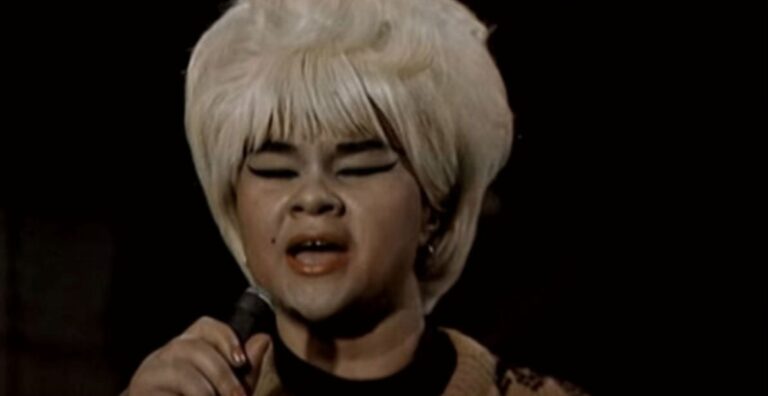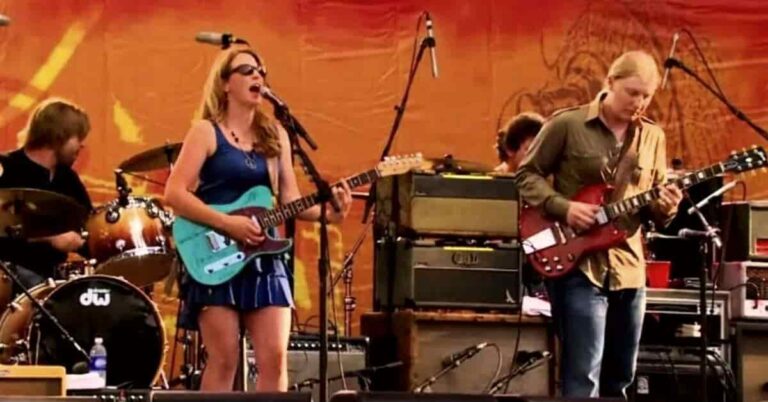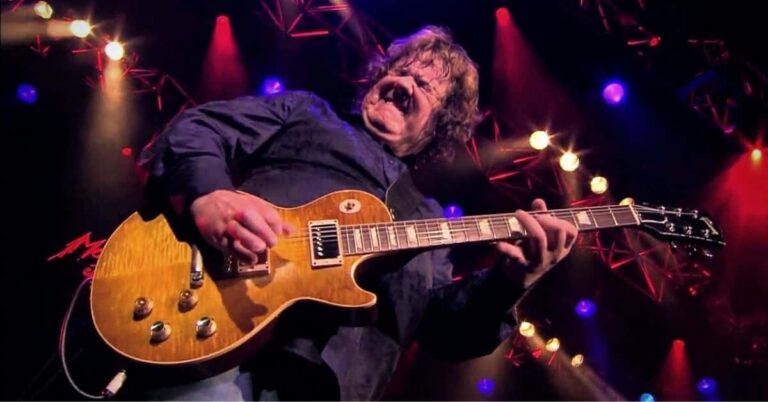Exploring the Beauty of Lenny by Stevie Ray Vaughan at El Mocambo
Stevie Ray Vaughan, a Texas blues icon, delivered a performance of raw emotion in Lenny by Stevie Ray Vaughan from Live at the El Mocambo. Recorded on July 20, 1983, at the El Mocambo club in Toronto during the Texas Flood tour, this instrumental track is a highlight of his career. Written as a tribute to his wife Lenora and played on his 1965 Fender Stratocaster named “Lenny,” the song captures Vaughan’s ability to express feeling through his guitar. This blog post explores why this performance remains a cherished moment for blues fans.
Vaughan’s Expressive Performance in Lenny
Lenny by Stevie Ray Vaughan from Live at the El Mocambo showcases Vaughan’s skill in using the guitar to tell a story. Performed in the intimate El Mocambo club, the track features his signature slow, expressive style with jazz-inflected chords and fluid solo runs. Played in 4/4 time and notated in E-flat major (tuned down a half-step), it uses the E major scale, E minor pentatonic, and E minor blues scale, creating a warm, emotional sound. Drawing inspiration from Jimi Hendrix’s ballads, Vaughan’s performance is a tender dedication to his wife, with each note carrying deep sentiment. The small venue’s raw setting enhances the song’s intimacy, making it a standout in the set.
Experience the full song Lenny by Stevie Ray Vaughan here:
Lenny by Stevie Ray Vaughan from Live at the El Mocambo!
Why Lenny Stands Out
A Personal Dedication
Lenny by Stevie Ray Vaughan from Live at the El Mocambo is a deeply personal piece, written for his wife Lenora and played on the guitar she gifted him. The instrumental format lets Vaughan’s guitar speak, with slow, deliberate phrasing and vibrato that convey love and devotion. Unlike the high-energy tracks in the set, like “Texas Flood,” Lenny offers a moment of calm, showing Vaughan’s versatility as a musician.
Technical Mastery
Vaughan’s performance in Lenny by Stevie Ray Vaughan from Live at the El Mocambo highlights his technical skill. His use of a movable major 6th chord with moderate vibrato via the tremolo bar adds texture, while his seamless shifts between chordal work and solo runs show his command of the instrument. Fans on platforms like Reddit note the challenge of learning the song, with one guitarist saying it revealed the gap in their playing skills.
A Historic Venue
The El Mocambo, a legendary Toronto club that hosted artists like B.B. King, provided the perfect setting for Lenny by Stevie Ray Vaughan from Live at the El Mocambo. The intimate, dimly lit club allowed Vaughan and Double Trouble to connect closely with the audience, creating a raw performance captured on film. The high-quality audio and multi-camera setup make this a fan-favorite recording, often compared to Austin City Limits.
Stevie Ray Vaughan’s Continued Influence
Stevie Ray Vaughan passed away in 1990, leaving no upcoming tours or releases. However, his music lives on through his recordings and the work of his band, Double Trouble, with drummer Chris Layton and bassist Tommy Shannon. Fans can explore Vaughan’s catalog, including Live at the El Mocambo, on platforms like Spotify or Amazon Music. His brother, Jimmie Vaughan, also continues to perform, carrying forward the Texas blues tradition.
The Lasting Power of Texas Blues
Lenny by Stevie Ray Vaughan from Live at the El Mocambo reflects the strength of Texas blues to convey raw emotion. Vaughan’s ability to combine technical precision with heartfelt expression set him apart, influencing guitarists like Joe Bonamassa and John Mayer. The song’s praise in fan discussions on Reddit and Amazon reviews, where one fan called it Vaughan “at his guitar-hurricane finest,” underscores its lasting appeal. It remains an accessible entry point for new listeners to Texas blues.
Conclusion
Lenny by Stevie Ray Vaughan from Live at the El Mocambo is a beautiful instrumental that captures the heart of Texas blues. It’s a tender tribute to Vaughan’s wife, paired with his technical brilliance and the intimate El Mocambo setting, that makes it a fan favorite. For blues enthusiasts, it’s a reminder of Vaughan’s ability to pour emotion into every note, creating a performance that continues to move listeners decades later.





